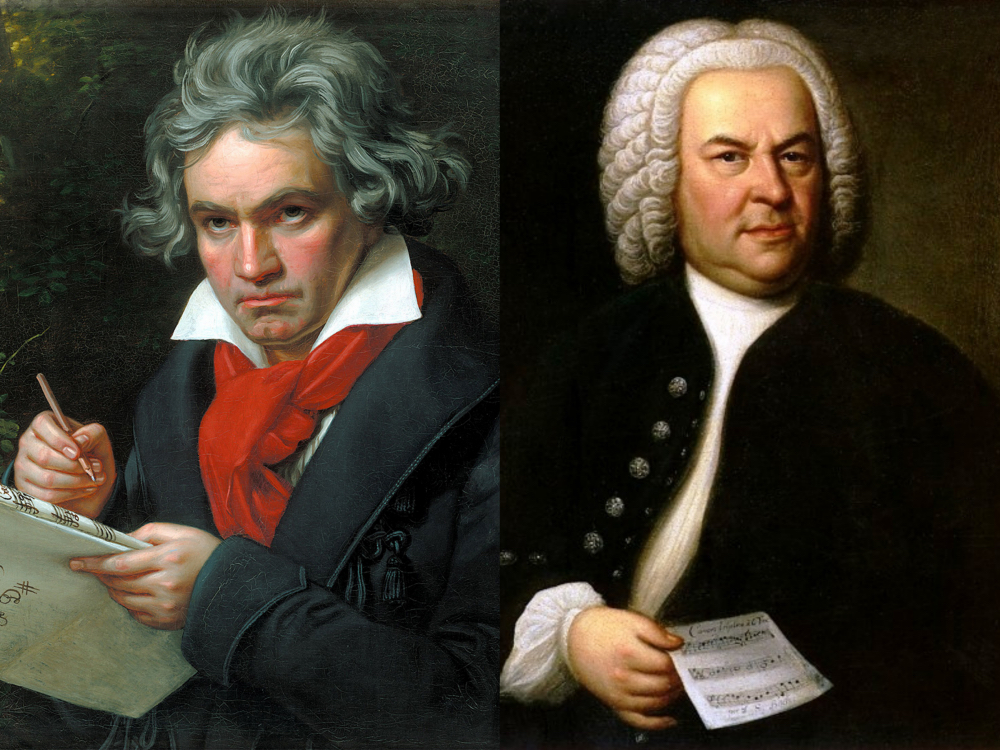Multicolored Marilyn Monroes, a can of Campbell’s soup, that silver wig, some vague but important role in the formation of the Velvet Underground — how much, apart from a scattering of cultural scraps such as these, does any of us really know about Andy Warhol, one of the definers of art in the second half of the twentieth century? Earlier this year, we featured a video from John Green and Sarah Urist Green’s The Art Assignment that made the case for Andy Warhol in three minutes. Assuming you accept its argument, where to look next to cultivate a deeper appreciation of the man who produced those Marilyns and Campbell’s soup cans, wore that silver wig, and presided over the environment in which the likes of the Velvet Underground could take shape?
Alain de Botton’s School of Life, not just an institution but a prolific maker of educational videos, has doubled down on the case for Andy Warhol with a six-minute video of their own, which comes as the first in their series of short primers on figures from art and architecture. (See a complete playlist of those videos below.) “Andy Warhol was the most glamorous figure of 20th-century American art,” de Botton unequivocally states, adding that his “great achievement was to develop a generous and helpful view of two major forces in modern society: commerce and celebrity.”
Within this framework, the lesson finds “four big ideas behind Andy Warhol’s work, which can teach us a more inspired way of looking at the world and prompt us to build a better society” — and which, in this technological age of which Warhol himself could only dream, have become more easily implementable than ever.
These ideas, on which the video elaborates verbally and visually, have to do with (1) appreciating life by examining the stuff of it — such as a humble soup can — more closely, (2) improving the workings of society by distributing glamor differently, granting higher status to maids and showing the nation the President cleaning a toilet once in a while, (3) approaching business as a particularly fascinating form of art while distributing art more widely by approaching it as a business, and (4) using an open and non-vindictive personality as a kind of “brand” to unite seemingly disparate artistic and commercial ventures into a coherent whole. Will any of this get you shopping for a Marilyn print of your own? It may or may not, but you won’t come away without a bit of inspiration for how to take your own pursuits to a new, more Warholian level.
Related Content:
The Case for Andy Warhol in Three Minutes
Watch the Uncensored Andy Warhol-Directed Video for The Cars’ Hit “Hello Again” (NSFW)
Andy Warhol Shoots “Screen Tests” of Nico, Bob Dylan & Salvador Dalí
Andy Warhol’s 1965 Film, Vinyl, Adapted from Anthony Burgess’ A Clockwork Orange
The Odd Couple: Jean-Michel Basquiat and Andy Warhol, 1986
Colin Marshall writes elsewhere on cities, language, Asia, and men’s style. He’s at work on a book about Los Angeles, A Los Angeles Primer, the video series The City in Cinema, and the crowdfunded journalism project Where Is the City of the Future? Follow him on Twitter at @colinmarshall or on Facebook.


